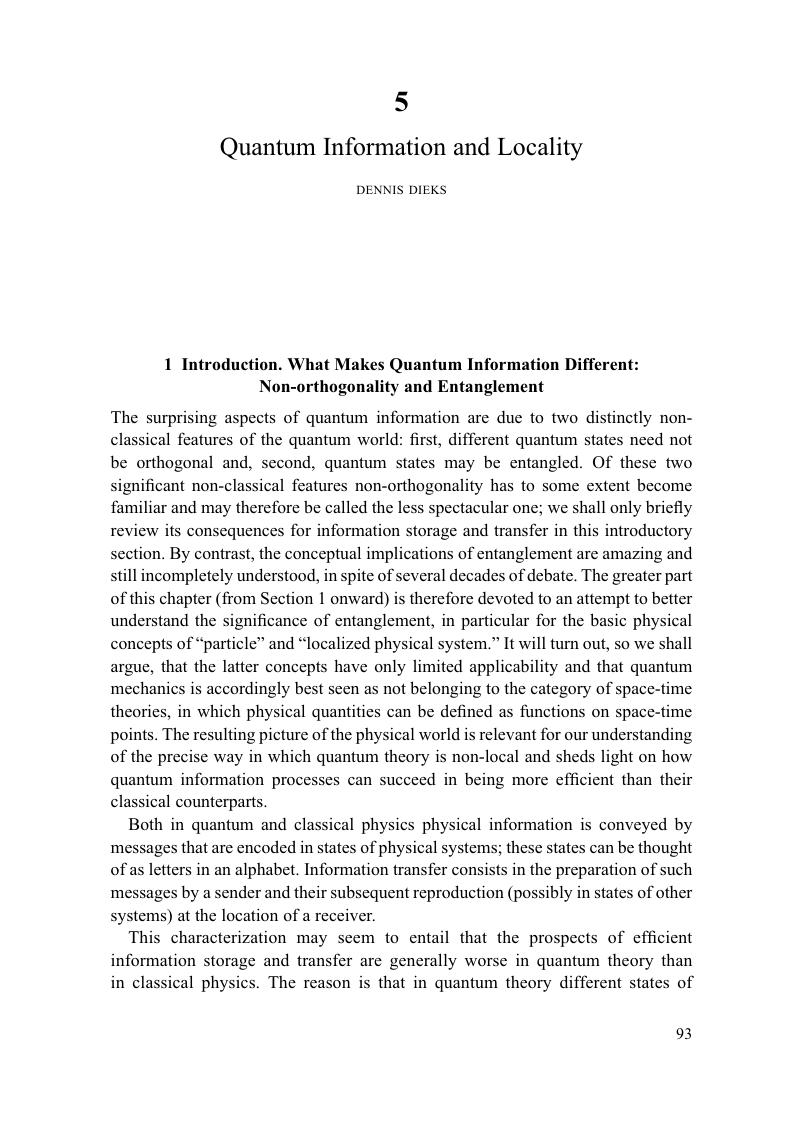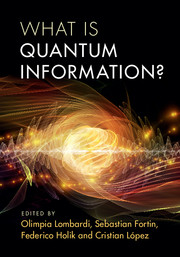Book contents
- What Is Quantum Information?
- What Is Quantum Information?
- Copyright page
- Contents
- Contributors
- Preface
- Introduction
- Part I The Concept of Information
- Part II Information and Quantum Mechanics
- 4 Quantum versus Classical Information
- 5 Quantum Information and Locality
- 6 Pragmatic Information in Quantum Mechanics
- 7 Interpretations of Quantum Theory: A Map of Madness
- Part III Probability, Correlations, and Information
- Index
- References
5 - Quantum Information and Locality
from Part II - Information and Quantum Mechanics
Published online by Cambridge University Press: 04 July 2017
- What Is Quantum Information?
- What Is Quantum Information?
- Copyright page
- Contents
- Contributors
- Preface
- Introduction
- Part I The Concept of Information
- Part II Information and Quantum Mechanics
- 4 Quantum versus Classical Information
- 5 Quantum Information and Locality
- 6 Pragmatic Information in Quantum Mechanics
- 7 Interpretations of Quantum Theory: A Map of Madness
- Part III Probability, Correlations, and Information
- Index
- References
Summary

Information
- Type
- Chapter
- Information
- What is Quantum Information? , pp. 93 - 112Publisher: Cambridge University PressPrint publication year: 2017
References
Accessibility standard: Unknown
Why this information is here
This section outlines the accessibility features of this content - including support for screen readers, full keyboard navigation and high-contrast display options. This may not be relevant for you.Accessibility Information
- 3
- Cited by
